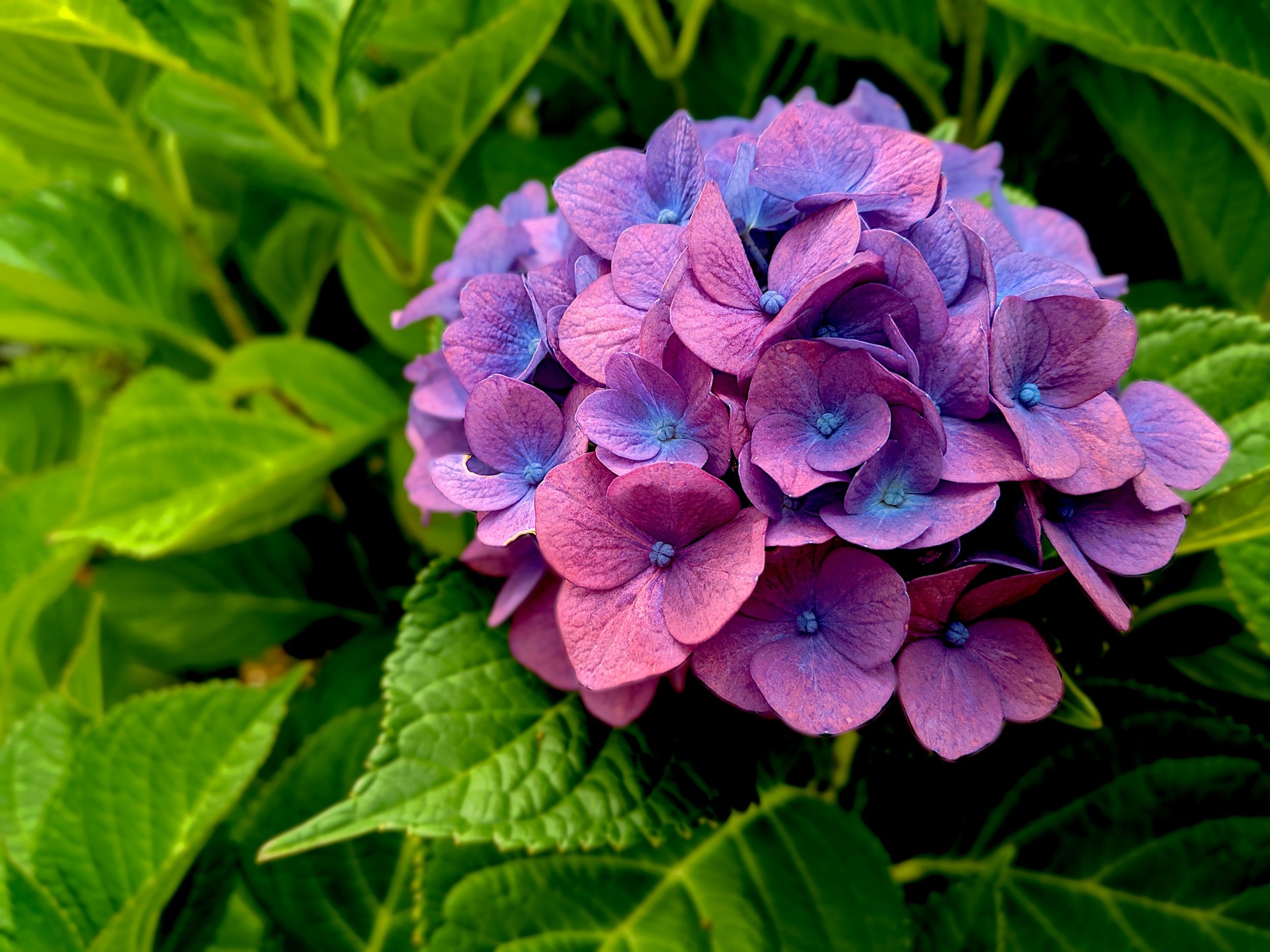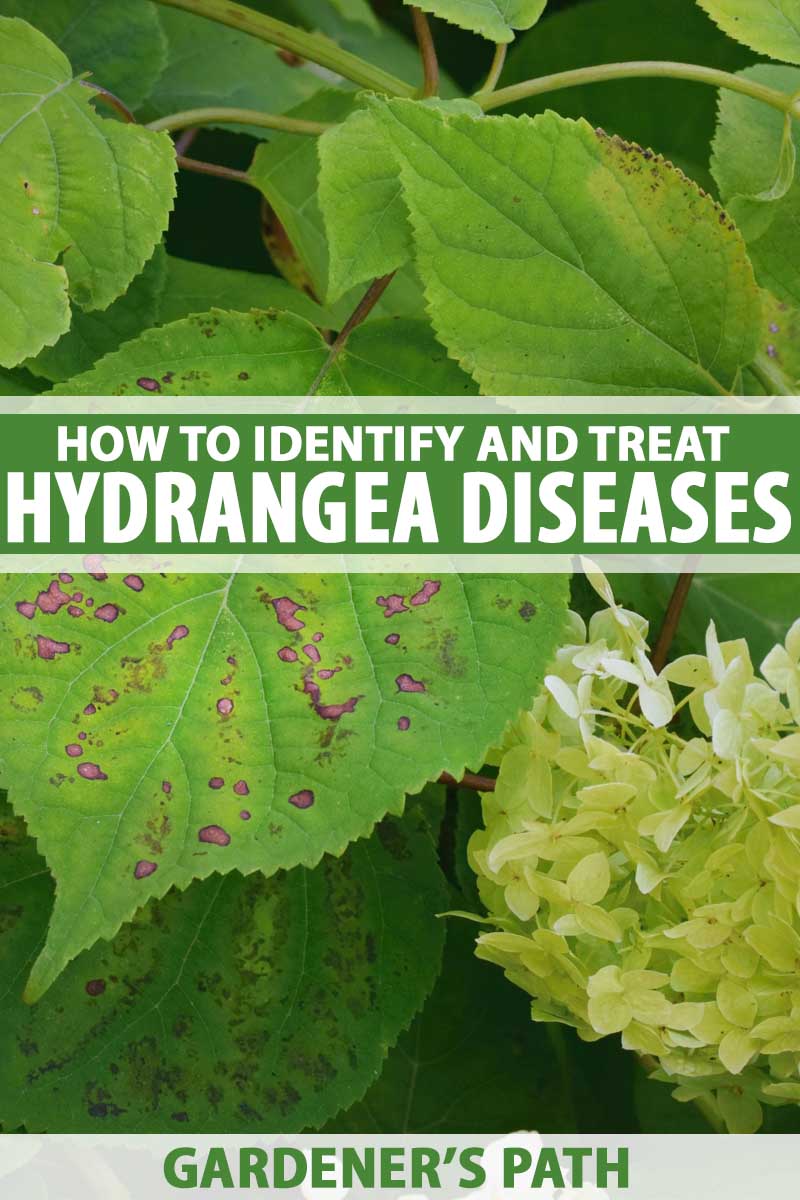Hydrangea Leaves Turning Yellow for Beginners
Hydrangea Leaves Turning Yellow for Beginners
Blog Article
Hydrangea Leaves Turning Yellow for Dummies
Table of Contents3 Easy Facts About Hydrangea Leaves Turning Yellow ExplainedSome Of Hydrangea Leaves Turning YellowThe Only Guide for Hydrangea Leaves Turning YellowThe 45-Second Trick For Hydrangea Leaves Turning Yellow
Hydrangea plants are recognized for their lovely blossoms, but sometimes their fallen leaves can transform yellow. This is generally an indication that something is incorrect and the plant needs your help.However, Hydrangea leaves transforming yellow can be a reason for problem. There are several factors why Hydrangea leaves turn yellow, and many of them are very easy to take care of. Allow's check out the most typical reasons Hydrangea leaves turn yellow and how to repair them. Hydrangea leaves generally turn yellow when the plant is overwatered.
When the origins of a plant are immersed in water for extended periods, they begin to asphyxiate and rot. This process cuts off the origins' oxygen supply, triggering the leaves to turn yellow and ultimately pass away. Overwatering can also result in various other problems such as fallen leave decrease, origin damage, and fungal growth.
If you think your Hydrangea is overwatered, the ideal solution is to allow the dirt dry completely prior to watering again. It's likewise a good idea to inspect the drainage of your pot or yard bed and see to it that water is not pooling around the plant's roots. Hydrangea plants require well-drained soil to thrive.
Hydrangea Leaves Turning Yellow Can Be Fun For Anyone
You need to additionally ensure that you are not watering your Hydrangea too typically. Watering when a week must suffice, and more frequently if the climate is warm and dry. Hydrangea leaves can also turn yellow if the plant is not getting sufficient water. This happens when the plant does not obtain sufficient water, and the soil begins to dry.

This is known as "plant food shed," It occurs when the plant's origins are subjected to too much plant food. Other signs of plant food melt consist of brown or yellow fallen leaves, wilting, and stunted growth.
This will assist get rid of any type blog here of excess plant food from the roots of the plant. It's additionally a good concept to decrease the amount of fertilizer you are utilizing.
Rumored Buzz on Hydrangea Leaves Turning Yellow

If your Hydrangea is infested with bugs, dealing with the plant with neem or horticultural oil is the ideal remedy. It's additionally great to get rid of any type of afflicted leaves from the plant (Hydrangea Leaves Turning Yellow).
Hydrangea leaves can our website also turn yellow if the temperature stresses the plant. The leaves Find Out More of the plant will turn yellow and begin to go down off.
If the temperature level stresses your Hydrangea, you need to move the plant to a place where it will certainly be protected from the extreme cool or warmth. You can likewise try to give the plant with some partial color if revealed to guide sunshine. You can also try adding compost around the plant base to aid manage the temperature level.
What Does Hydrangea Leaves Turning Yellow Mean?
When the plant's origins are submerged in water for as well long, they begin to rot. One of the most typical root rot signs is yellowing fallen leaves, as the fungi stops the origins from absorbing nutrients from the dirt.
Other indications of root rot consist of stunted development, wilting, and leaf decrease. Examine the roots of your Hydrangea if it has root rot. If they are black or brownish, after that they are possibly rotten. If some healthy roots are left, you can attempt to conserve the plant by replanting it in a new pot with fresh soil.
Water the plant carefully, making sure not to overwater it. If your Hydrangea is greatly affected by root rot, starting with a new plant is best. Natural reasons can likewise create yellow hydrangea leaves. The most typical cause is the plant's age. As Hydrangeas age, their fallen leaves will gradually turn yellow and brownish before dropping off the plant.
You can help the plant by guaranteeing it is obtaining enough water and nutrients. One opportunity is that the plant is not obtaining adequate water.
Report this page